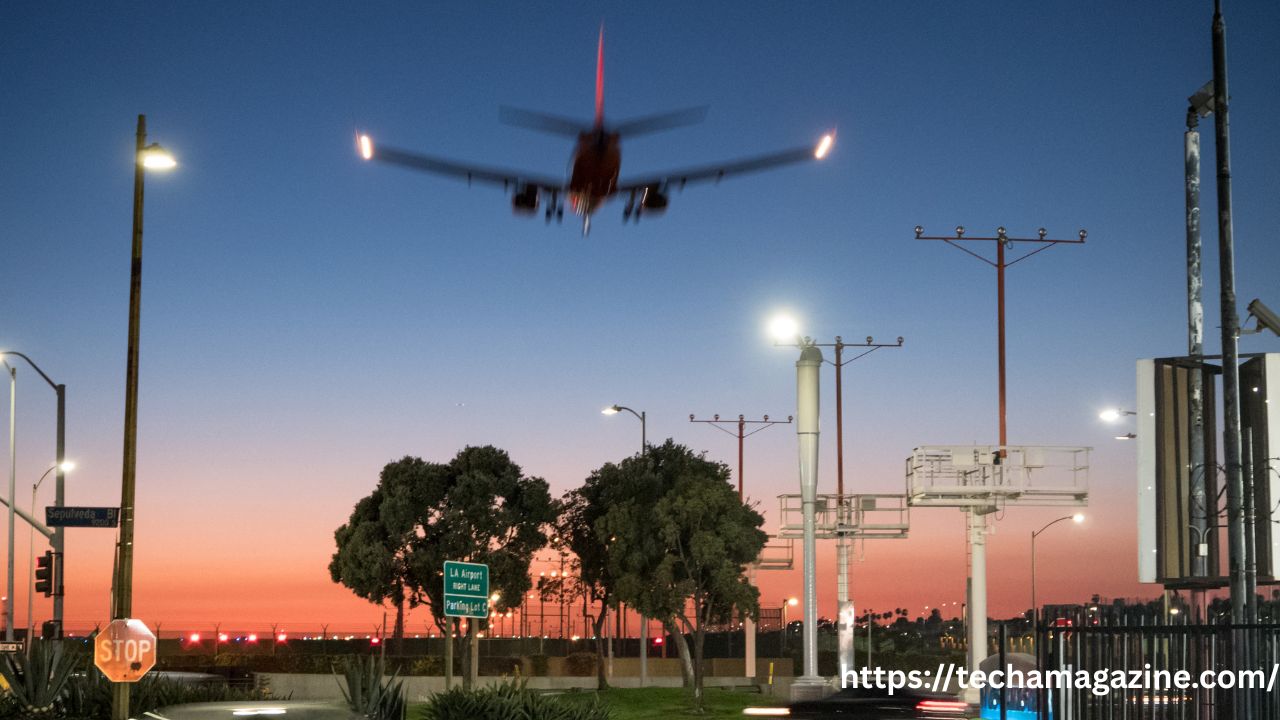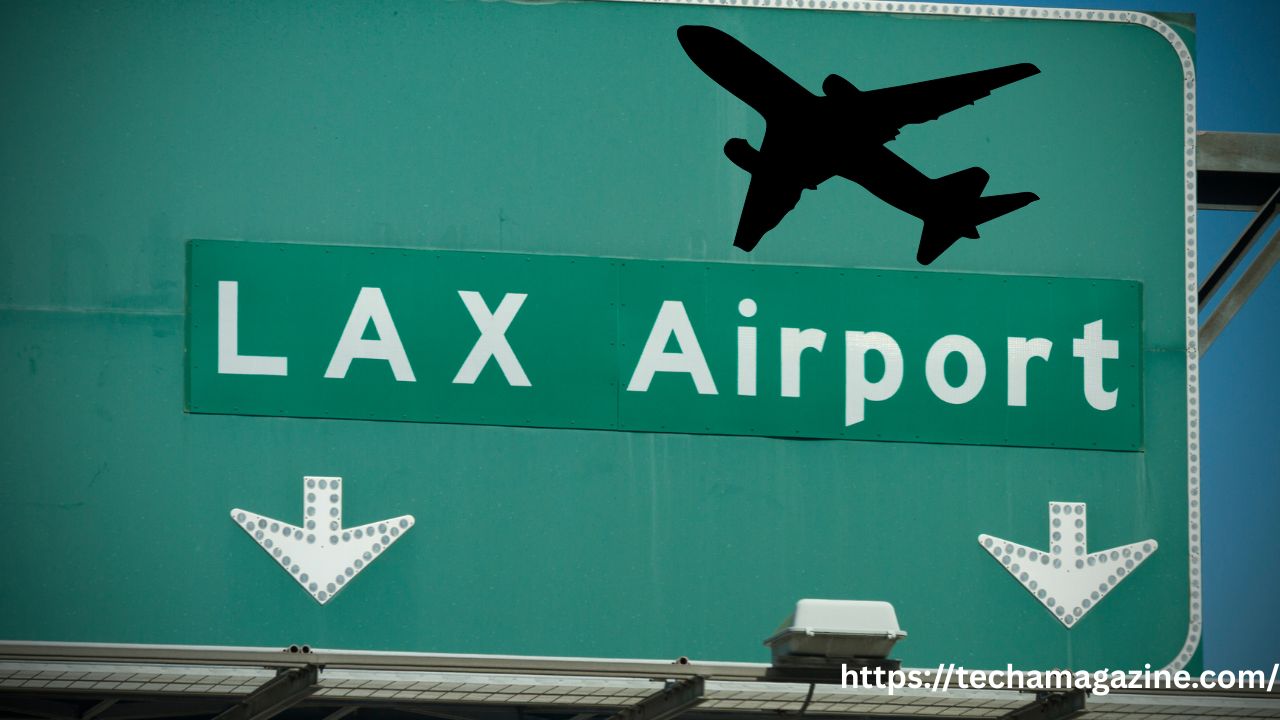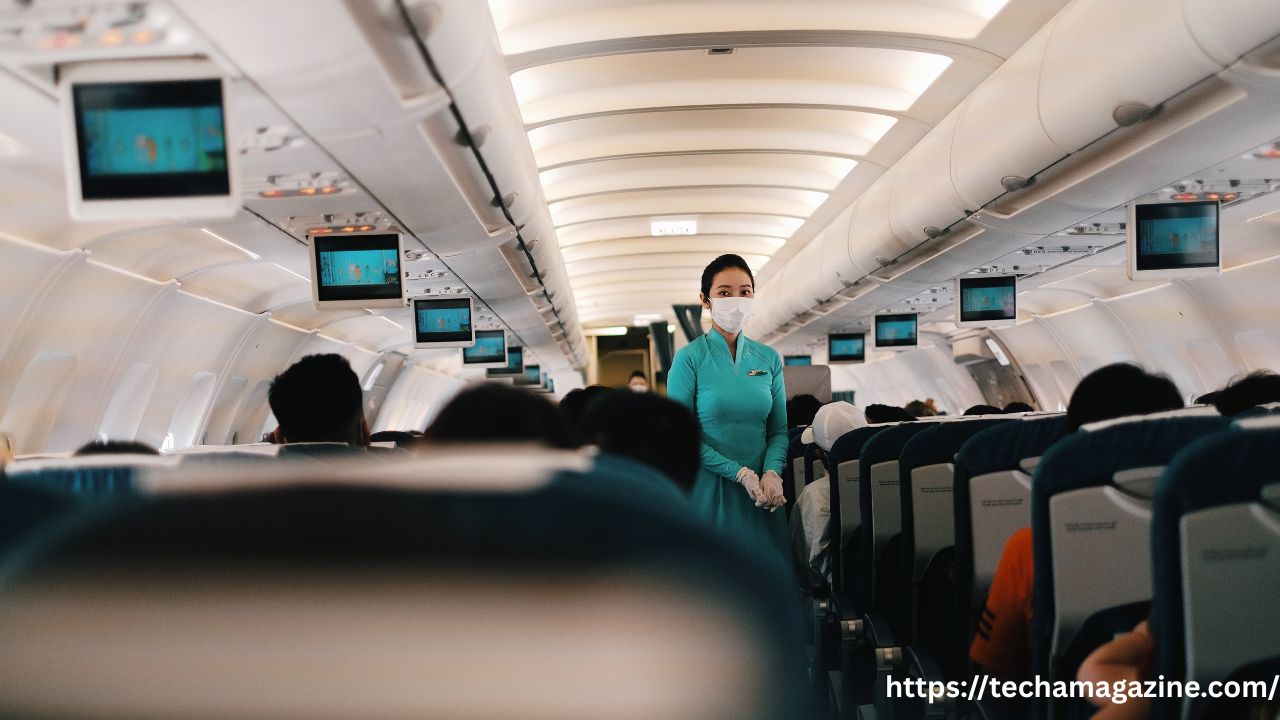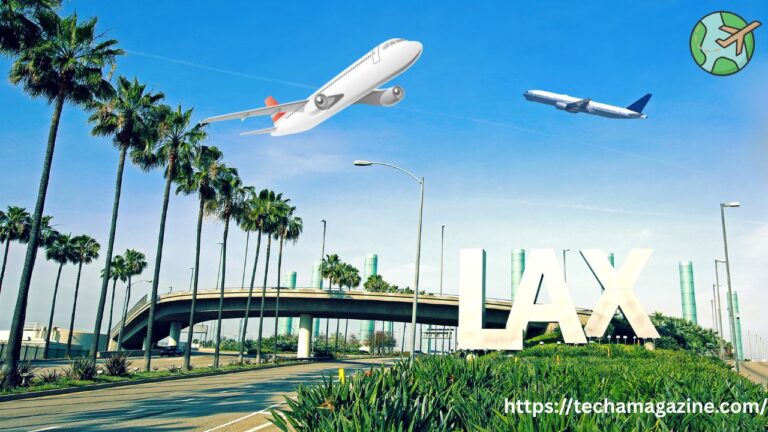Introduction
An international flight is a carefully orchestrated event, with countless hours of planning going into every departure and arrival. When that plan changes unexpectedly mid-flight, it can create a ripple effect of questions, concerns, and speculation. This was the case for passengers and crew aboard Delta flight DL275, which was recently diverted to Los Angeles International Airport (LAX) while on its scheduled route.
This incident has drawn significant attention online, with many searching for information about why Delta flight DL275 was diverted to LAX. Flight diversions are not taken lightly by airlines; they represent a significant disruption to schedules and a considerable expense. Therefore, the decision to alter a flight path is always rooted in a serious concern for the safety and well-being of everyone on board.
In this comprehensive post, we will explore the details surrounding the diversion of Delta flight DL275. We will cover the known circumstances leading to the unexpected landing in Los Angeles, examine the common reasons why long-haul international flights are diverted, and explain the standard procedures that airlines follow in such situations. By understanding the complexities involved, we can gain a clearer picture of what transpired and why these safety measures are so critical in modern aviation.
The Incident: What Happened to Delta Flight DL275?

Delta Air Lines flight DL275 is a regularly scheduled international flight. On the day in question, the flight departed as planned, heading towards its final destination. However, several hours into the journey, the flight crew made the critical decision to divert the aircraft. The new, unplanned destination was Los Angeles International Airport (LAX), one of the largest and best-equipped airports in the world.
The aircraft involved was a modern, wide-body plane, typical for long-haul international routes and capable of carrying several hundred passengers. The diversion was executed professionally and without incident, with the flight landing safely at LAX. Upon arrival, the aircraft was met by ground staff and, in some cases involving medical or security issues, emergency services.
Official statements from Delta Air Lines regarding the diversion have been concise, often citing a specific issue that necessitated the change in plans. While airlines are generally transparent about the cause of a diversion, the level of detail provided can vary depending on the nature of the incident, especially when it involves the privacy of an individual passenger or a sensitive security matter. The primary message, however, always emphasizes that the decision was made with the safety of passengers and crew as the top priority. The keyword phrase “delta flight dl275 diverted lax” began trending as news of the diversion spread through flight tracking websites and social media, highlighting public interest in the event.
Why are Flights Diverted? Common Causes Explained

An unscheduled landing is a major operational decision. Airlines and pilots consider a range of factors before initiating a diversion. These events are typically triggered by unforeseen circumstances that make continuing to the original destination unsafe or impractical. The reasons can be broadly categorized into three main areas: medical emergencies, mechanical issues, and security concerns.
Medical Emergencies Onboard
One of the most frequent reasons for a mid-flight diversion is a medical emergency. With hundreds of passengers on a single flight, the statistical probability of someone experiencing a health crisis is significant.
- Sudden Illness: Passengers can experience a range of acute medical problems, such as heart attacks, strokes, severe allergic reactions, or respiratory distress. While flight crews are trained in first aid and carry medical kits, some situations require immediate, advanced medical care that can only be provided at a hospital.
- Role of the Crew and On-Ground Support: Flight attendants are the first responders. They assess the situation, provide initial care, and communicate the passenger’s condition to the flight deck. Pilots then contact a dedicated on-ground medical support service, like MedAire or Stat-MD. These services connect the flight crew with emergency physicians who can provide expert advice and help determine if a diversion is medically necessary.
- The “Golden Hour”: In many medical emergencies, the first hour is critical for a positive outcome. If a passenger’s condition is life-threatening, a pilot will almost always divert to the nearest suitable airport to get them to a hospital as quickly as possible.
Technical and Mechanical Issues
Modern aircraft are incredibly reliable, but they are also extraordinarily complex machines. A potential mechanical issue, even a minor one, can prompt a crew to divert out of an abundance of caution.
- Warning Indicators: The flight deck is equipped with numerous sensors and warning lights that monitor every system on the aircraft. An alert could indicate an issue with an engine, the hydraulic system, landing gear, or cabin pressurization. While many of these warnings may turn out to be false alarms or minor sensor faults, pilots are trained to treat every alert seriously.
- Precautionary Principle: The guiding principle in aviation is safety first. If a system is not performing as expected, a pilot will not risk continuing a long-haul flight, especially over an ocean where diversion options are limited. Instead, they will opt to land at an airport where maintenance crews can thoroughly inspect and repair the aircraft.
- Engine and System Redundancy: Commercial airliners are designed with multiple redundancies. For example, they can fly safely on a single engine. However, the loss of an engine’s full function would typically trigger a diversion to the nearest suitable airport as a standard safety procedure.
Security and External Factors
Security threats, unruly passengers, and even extreme weather can force a flight to change its course.
- Unruly Passengers: A passenger who becomes disruptive, aggressive, or fails to follow crew instructions can pose a serious threat to the safety of the flight. In such cases, the flight crew may decide to divert to have the individual removed by law enforcement.
- Security Threats: Any credible security threat, whether it originates from a passenger on board or is communicated from the ground, will be treated with the utmost seriousness. This could include a bomb threat or concerns about a specific individual on the flight. The standard protocol often involves diverting to a secure airport where the aircraft can be isolated and inspected by security personnel.
- Weather: While aircraft are built to withstand most weather conditions, severe and unexpected weather phenomena like a volcanic ash cloud or a rapidly developing major storm system along the flight path can make continuing the planned route unsafe.
For the Delta flight DL275 diverted to LAX, the specific cause would fall into one of these categories. The choice of LAX as the diversion airport was likely due to its extensive facilities, 24/7 operations, and its capacity to handle large aircraft and manage the onward travel of hundreds of passengers.
The Aftermath of a Diversion
When a flight is diverted, a complex set of procedures is set in motion on the ground to manage the aircraft, passengers, and crew.
First, the diverted flight is given priority for landing. Once on the ground, the immediate issue is addressed. If it was a medical emergency, paramedics meet the plane to transport the passenger. For a technical issue, maintenance teams begin their inspection.
Next, the airline’s focus shifts to the passengers. The customer service team must manage the logistics for several hundred people who are now in an unplanned location. This involves:
- Communication: Keeping passengers informed about the situation and the plan moving forward.
- Rebooking: Arranging alternative flights to get passengers to their final destination. This can be challenging, as it may involve finding seats on multiple different flights.
- Accommodation: If the delay is significant and requires an overnight stay, the airline is typically responsible for providing hotel accommodations, meal vouchers, and transportation.
For passengers, a diversion can be a frustrating experience, leading to missed connections, disrupted travel plans, and unexpected delays. However, it’s essential to remember that these decisions are never made lightly and are always rooted in ensuring everyone’s safety.
Safety is Always the Priority

The story of Delta flight DL275 being diverted to LAX serves as a powerful reminder of the aviation industry’s unwavering commitment to safety. Every flight operates within a system of checks, balances, and contingency plans designed to protect lives. While a diversion can be a significant inconvenience for those on board, it represents the system working exactly as it should.
Pilots and crew are highly trained professionals who must make critical decisions under pressure, always prioritizing the well-being of their passengers above all else. When faced with an unforeseen challenge mid-flight, their training and the airline’s established safety protocols guide them to take the safest possible course of action. For the passengers of DL275, the unexpected stop in Los Angeles, though disruptive, was a direct result of this safety-first culture in action.
Frequently Asked Questions (FAQs)
What was the specific reason for the Delta flight DL275 diversion to LAX?
While official reports from Delta Air Lines may cite a specific reason, such as a medical emergency or a mechanical issue, detailed information—especially regarding passenger health—is often kept private. The key takeaway is that the crew identified a situation that warranted an unscheduled landing to ensure the safety of all onboard.
Why was LAX chosen as the diversion airport?
Los Angeles International Airport (LAX) is a major international hub for Delta. It has the necessary infrastructure to handle a large wide-body aircraft, extensive maintenance facilities, and a large operational base to manage passenger rebooking and accommodation. Its proximity to the flight path at the time of the incident would also have been a key factor.
What are my rights as a passenger on a diverted flight?
Passenger rights during a diversion can vary depending on the country and the reason for the diversion. In the United States, airlines are generally required to provide for passengers’ essential needs, such as food, water, and, if necessary, accommodation for significant delays within the airline’s control (like mechanical issues). For events outside the airline’s control (like weather or medical emergencies), the policies can differ, though most airlines will still assist passengers with rebooking.
How common are flight diversions?
While diversions are not a daily occurrence for any single flight route, they are a regular part of global airline operations. With thousands of flights in the air at any given moment, medical, technical, or security issues inevitably arise. Airlines have well-practiced protocols to handle these situations safely and efficiently.
